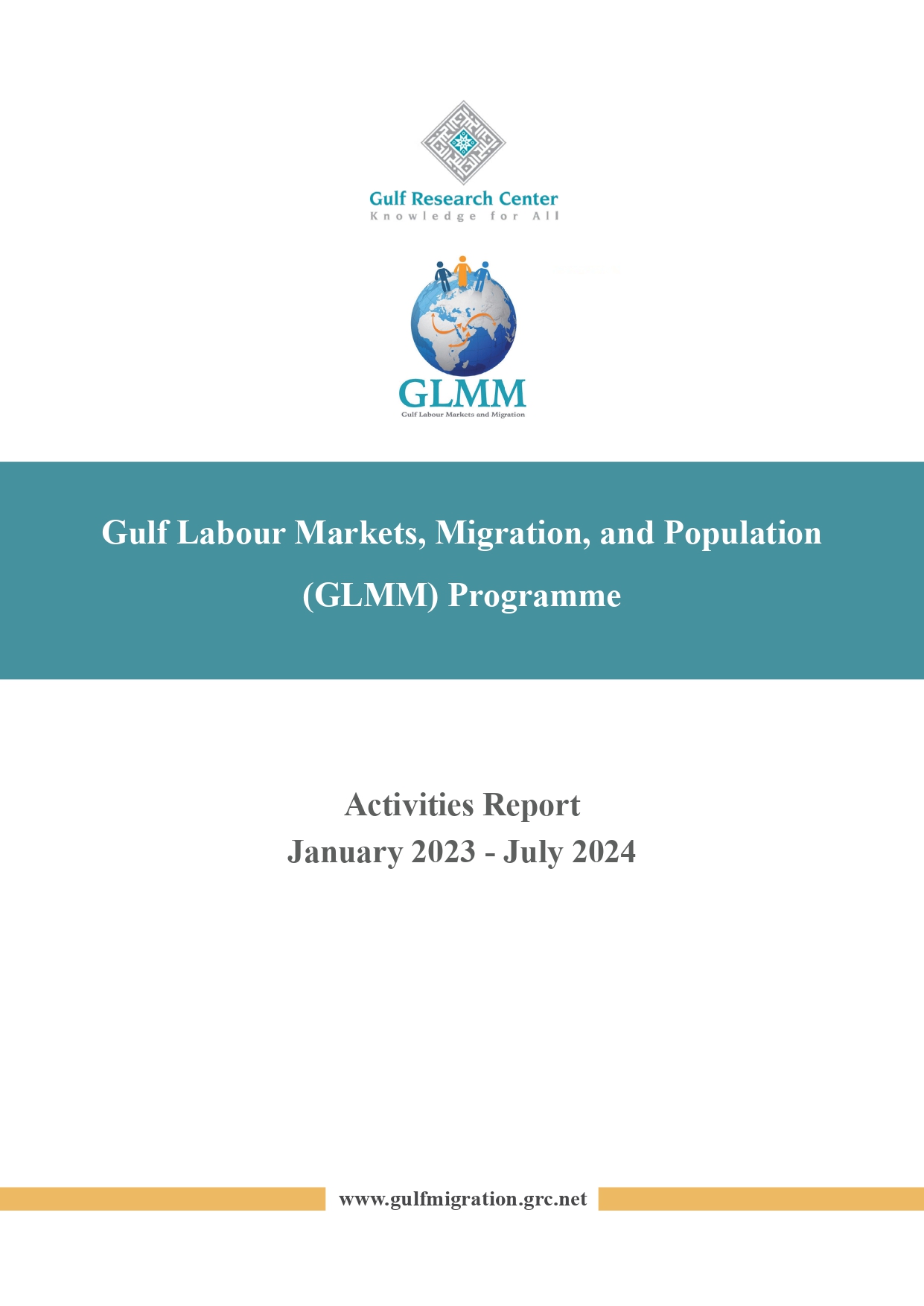Bahrain: Foreign population by country of citizenship, sex and migration status (worker/ family dependent) (selected countries, June 2013)

| Workers | Dependents* | |||||
| Males | Females | Total | Males | Females | Total | |
| India | 192,504 | 7,169 | 199,673 | 16,178 | 39,745 | 55,923 |
| Egypt | 6,612 | 916 | 7,528 | 3,472 | 6,116 | 9,588 |
| Pakistan | 39,178 | 305 | 39,483 | 2,523 | 5,783 | 8,306 |
| Jordan | 2,131 | 244 | 2,375 | 1,345 | 2,215 | 3,560 |
| Bangladesh | 89,683 | 152 | 89,835 | 863 | 2,067 | 2,930 |
| Philippines | 11,622 | 13,052 | 24,674 | 986 | 2,178 | 3,164 |
| Yemen | 3,716 | 18 | 3,734 | 542 | 876 | 1,418 |
| Sri Lanka | 3,710 | 1,736 | 5,446 | 393 | 1,184 | 1,577 |
| United Kingdom | 1,815 | 536 | 2,351 | 561 | 1,127 | 1,688 |
| Syria | 1,158 | 72 | 1,230 | 383 | 659 | 1,042 |
| Others | 26,735 | 5,520 | 32,255 | 2,596 | 5,765 | 8,361 |
| Total | 378,864 | 29,720 | 408,584 | 29,842 | 67,715 | 97,557 |
Source: Labour Market Regulatory Authority (LMRA), Expatriate Management System (EMS)
ANNEXED NOTE
1. Technical Notes and Definitions
The data displays the stocks, at a given date, of expats visa holders, registered as workers or as family dependants (LMRA Law 19/2006) in EMS.
Non-Bahraini workers (for male, female and both sexes) are Expat visa applications (GCC workers are not included).
The scope of the system covers regular, temporary and investor work visas for foreign workers, their dependents, in the commercial sector, the government sector and the non-commercial, non-government sector.
It presently excludes domestic workers, and work visas for artists and certain other categories of workers in non-civilian organizations.
It distinguishes four types of visas for operational purposes: regular work visas for workers with 24-month validity; temporary work visas issued for workers with 6-month validity; investor work visas issued for investors investing up to BD 100,000;
and dependent visas issued for dependent members of eligible foreign workers.
The system tracks visa applications, renewals, mobility of workers between employers and from one occupation to another as well as notification of termination and runaway workers, and in general all operations of LMRA including inspection and offence management.
The system is updated continuously and linked with other labour-related databases of the Kingdom, including CIO, GDNPR, GOSI, PFC, CSB, Ministry of Labour (MoL), and Ministry of Industry and Commerce (MOIC).
Work Visa is a legal certificate to allow a foreign worker to enter the country for working purposes for a period of two years with the possibility of renewal.
Worker is a generic term that refers to an employed person in general, or to an employee, a self-employed, or a particular category of worker, such as full-time or part-time worker, depending on the context in which the term is used. Four major categories of workers in terms of their status in employment are employees, employers, own-account workers, and unpaid family workers.
* The figure of family dependents is for July 2013.
2. Institution which provides data
Labour Market Regulatory Authority (LMRA).
3. Data availability
Source: Labour Market Regulatory Authority (LMRA), Kingdom of Bahrain, based on data from Bahrain Labour Market Indicators website http://www.lmra.bh/blmi.
The data can be retrieved from the data section of LMRA website. Tables are updated on a quarterly basis and are available in PDF and in Excel formats.
Date of access: 13 October 2015
Similar Posts:
- Bahrain: Foreign population by country of citizenship, sex and migration status (worker/ family dependent) (selected countries, June 2015)
- Bahrain: Foreign population by country of citizenship, sex and migration status (worker/ family dependent) (selected countries, June 2014)
- Bahrain: Foreign population by country of citizenship, sex and migration status (worker/ family dependent) (selected countries, June 2018)
- Bahrain: Foreign population by country of citizenship, sex and migration status (worker/ family dependent) (selected countries, January 2015)
- Bahrain: Foreign population by country of citizenship, sex and migration status (worker/ family dependent) (selected countries, January 2014)
Tags: Bahrain, Bangladesh, Egypt, Family Reunification, Foreign Labour, Foreign Population, India, Jordan, Pakistan, Philippines, Sri Lanka, Syria, United Kingdom, Yemen

































































